EYFS Activities: Let’s explore…Herbs
Annette Rawstrone
Monday, November 13, 2017
How one setting introduced children to the sensory experience of herbs. By Annette Rawstrone
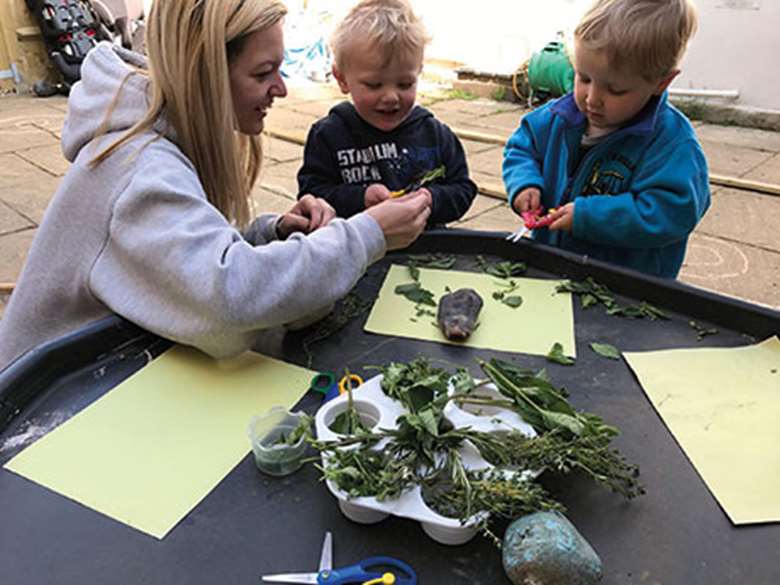
Providing a range of herbs with varying aromas led to an absorbing exploratory session, with the children enjoying the sensory experience as well as experimenting and developing new skills.
Home-based childcarer Chloe Webster, from Pebbles Childcare in Worthing, West Sussex, planned the activity in response to the children in her care who were showing an interest in both aromatic plants and developing their scissor skills.
A visit to a lavender field introduced the children to the sensory aspect of plants as they touched and smelled the purple flowers. They were intrigued by brushing their hands across the flowers and then smelling the strong aromas. Following this, Ms Webster observed that the children would independently smell flowers, so they went to a friend’s allotment to investigate the different aromas. They picked mint at the allotment and brought it back to the setting.
In order to build on the children’s interest, Ms Webster gathered a range of herbs – mint, thyme, rosemary and coriander – all with a distinctive look, smell and taste. She put them in an outdoor Tuff Spot tray and provided the children with scissors and also paper to invite the children to engage in mark-making.
The paper was held down by stones to stop it blowing away.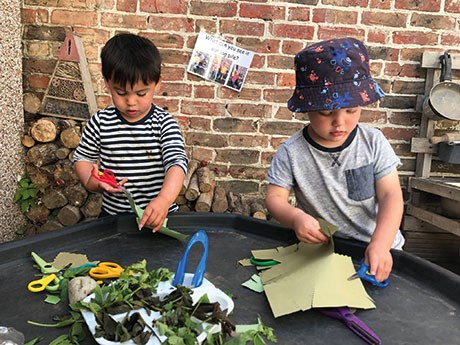
SCISSOR CONTROL
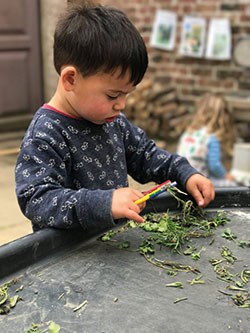 ‘The results were incredible,’ says Ms Webster. ‘The children were using all of their senses to explore the tray, talking about the smells and beginning to understand that by cutting the leaves they released more of the aroma.’
‘The results were incredible,’ says Ms Webster. ‘The children were using all of their senses to explore the tray, talking about the smells and beginning to understand that by cutting the leaves they released more of the aroma.’
The two- and three-year-olds in her care had been interested in using scissors, and Ms Webster feels this activity appealed to them because they had the freedom to use the scissors in a different way, rather than just cutting paper.
She modelled how to use the scissors (see box), and the activity enabled them to develop their scissor control in a relaxed environment as they snipped at the sprigs. They also enjoyed the cause and effect of not only cutting the herbs but releasing their smell as well.
‘It was also an activity that provided lovely language opportunities for the children as they discussed the look and texture of the herbs and the different shapes of the leaves. There were a lot of descriptions using prickly and spiky,’ she recalls.
Children enjoyed smelling the herbs and sorting the sprigs into piles of matching herbs. ‘We allowed the children to taste the herbs so they could associate the different smells with the taste,’ says Ms Webster. ‘It enabled them to be introduced to new flavours.’
To extend the explorations, she plans to involve the children in finding recipes using herbs in the setting’s cookery books and choosing a meal to prepare with them. The children have already made mint ice lollies and ice cubes and are also putting mint into their play-dough to give it a fragrant aroma.
LAVENDER ART
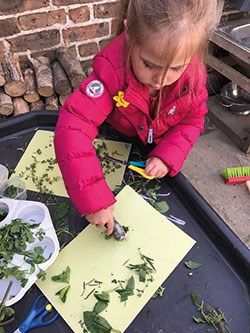 Following a visit to the lavender field, the children had stuck sprigs of lavender on their artwork and put the lavender and mint in paint to create ‘smelly paint’.
Following a visit to the lavender field, the children had stuck sprigs of lavender on their artwork and put the lavender and mint in paint to create ‘smelly paint’.
A four-year-old taking part in the herb activity realised that if she rubbed the herbs on the paper, they would leave a mark. Through further exploration, she found she could press and rub the leaves with the stones to create her own sensory art. The younger children were intrigued to see what she was doing and started to copy her in order to create their own herb pictures.
‘It turned into one of the most beneficial activities that we’ve done because the children led with it. I stood back and watched to see where they would go with it and observed that they went very quiet as they got increasingly involved in their exploration,’ says Ms Webster.
‘I feel that when children instigate something, they get a lot more learning from it.’
MORE INFORMATION
‘We’ve explored…foraging’ by Annette Rawstrone, Nursery World, 26 June-9 July 2017, www.nurseryworld.co.uk
BOOK CORNER
Non-fiction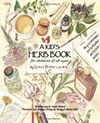
A Kid’s Herb Book: For children of all ages by Lesley Tierra
Explore the mysterious world of herbs with this workbook, including growing a herb garden and using them to make delicious recipes, healing potions and secret remedies.
Walking the World in Wonder: A Children’s Herbal by Ellen Evert Hopman
Each herb playfully introduces itself, talks about its habitat and uses, and shows children the magic of using herbs for healing, cooking and crafts.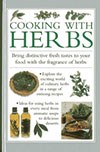
Cooking With Herbs: Bring distinctive fresh tastes to your food with the fragrance of herbs by Valerie Ferguson
How to enhance your dishes with the delicate taste of herbs, plus guidance on choosing, preparing, storing and using culinary herbs.
The Stick Book: Loads of things you can make or do with a stick by Fiona Danks and Jo Schofield
A great starting point for all the natural activities, outdoor play and adventures children can enjoy, from den-building to creative activities.
Fiction
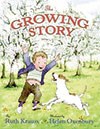 The Growing Story by Ruth Krauss
The Growing Story by Ruth Krauss
As the seasons change, a little boy sees everything around him growing – from the plants to the chicks and his puppy – but he feels like he has stayed the same. Can he be growing too?
SCISSOR SKILLS
Cutting with scissors requires great dexterity, with children needing to use their thumb, index and middle fingers separately from their ring and little fingers in order to operate them.
Before children are taught to use scissors, they need to develop their fine motor skills in order to strengthen their hand and finger muscles. So, encourage children to use finger puppets; play with malleable materials such as play-dough; operate tools such as tongs and hole punches; and thread beads onto string to help develop bilateral control.
Model how to hold and use the scissors while sitting alongside the child. Show how to open and close the blades like a crocodile’s mouth so that the child can feel the movement.
Left-handed
All people naturally favour one hand over the over, but just over 10 per cent of the population are left-handed. This is when their left hand is typically stronger and more co-ordinated than their right hand. The most important thing to remember when caring for a left-handed child is to allow them to favour that hand. Forcing a child to use their less-dominant hand will only diminish their overall co-ordination and they will appear clumsy or awkward.
When a child with a dominant left hand is in your setting, it may surprise you to realise how many gadgets are designed for right-handed people, particularly scissors. It’s important to have left-handed scissors available that have the cutting blades and finger loops positioned the opposite way to scissors for right-handed people.
A left-handed child using the wrong scissors will struggle to cut because they will find it difficult to see where they are cutting and the item they are cutting will bend between the scissor’s blades rather than cut cleanly.
Demonstrate to the child the scissor grip that they should use with your left hand operating the scissors and your other hand holding the object.
Safety first
Emphasise to children that they should use scissors to cut only specific materials and that they should ask if they are unsure.
Choose blunt-ended scissors but ensure that the blades are kept sharp to stop the scissors from slipping or chewing the object instead of cutting it, and the child becoming frustrated.
Demonstrate the correct way to carry and pass scissors with a fist around the blades.




